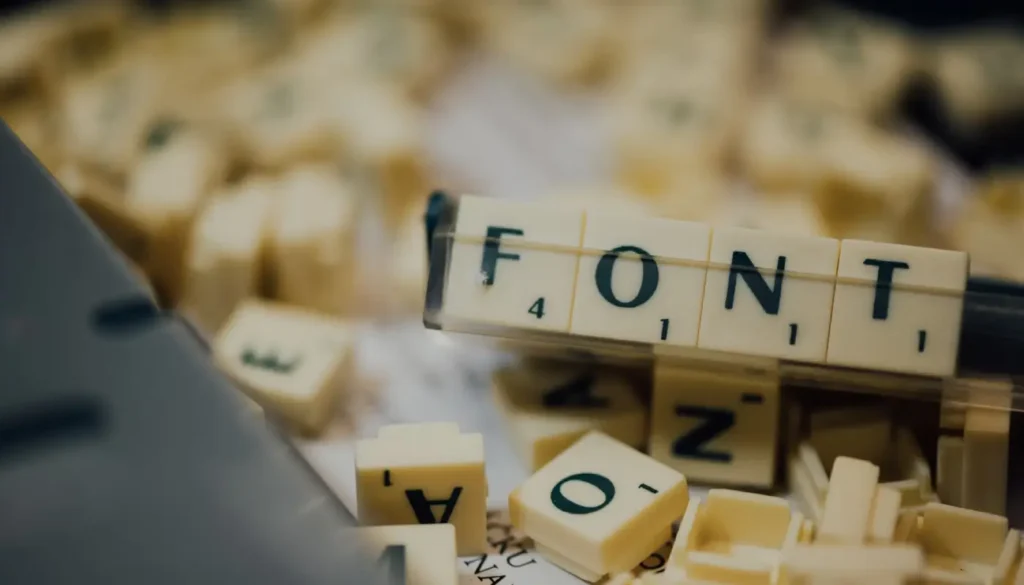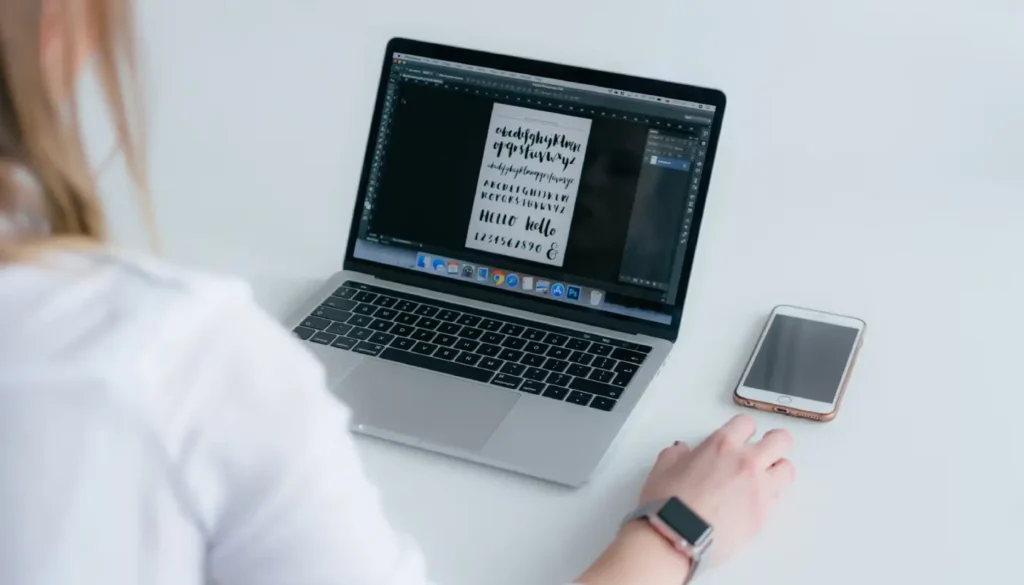Typography design plays an important role in visual communication. It means the art and technique of arranging type make written language understandable, readable, and visually beautiful when displayed. Typography is not only selecting a font but also it includes fonts, font sizes, line spacing, and alignment. In this comprehensive guide, we’ll discuss the world of typography design, exploring its history, key principles, and best practices.
Introduction to Typography Design
Typography design is the art and technique of arranging types to make written language readable and appealing. It involves selecting typefaces, fonts, and layouts to convey a message effectively. Typography is used in various media, including print, digital, and environmental designs to create visually engaging content.
History of Typography
Typography has a rich history from that time to ancient civilizations. The first known movable type system was developed by Bi Sheng in China around 1040 AD. However, it was Johannes Gutenberg’s invention of the printing press in the 15th century that transformed the field of typography and made mass printing possible. Over the centuries, typography has evolved with various styles and typefaces to meet the needs of different eras and design trends.
Key Typography Terminology
- Typeface: A set of fonts that share a similar design.
- Font: A specific weight, width, and style of a typeface.
- Serif: Small lines or trimming at the ends of the strokes in a letter.
- Sans-serif: A typeface without serifs.
- Leading: The space between lines of text.
- Kerning: The adjustment of space between pairs of letters.
- Tracking: The overall spacing between groups of letters.
- Hierarchy: The arrangement of text to indicate importance.
Explaining the Importance of Usability Testing in UX Design
Principles of Typography Design
Readability: The most important feature of typography design is ensuring that the text is easy to read.
Hierarchy: Use different font sizes, weights, and styles to create a visual hierarchy and guide the reader’s eye.
Consistency: Maintain consistency in typography for design to create a cohesive look.
Contrast: Use contrast in font sizes, weights, and styles to create visual interest and emphasize important information.
Alignment: Align text elements to create a neat and organized appearance.
Typography in Graphic Design
Typography in graphic design plays an important role for communicating a message and creating emotions. Graphic designers use typography to create logos, posters, advertisements, and other visual materials. They often combine different typefaces and styles to create unique and impactful designs.
Typography in Web Design
In web design, typography is essential for creating a visually appealing and user-friendly website. The Web designers use typography to ensure that text is easy to read across different devices and screen sizes. They also pay attention to factors such as line length, spacing, and font choice to enhance readability and user experience.
Typography in Branding
Typography plays a significant role in branding, as it helps establish a brand’s identity and personality. Companies often create custom typefaces or use specific fonts to differentiate themselves from competitors as a strong brand presence.
Common Typography Mistakes to Avoid
Using too many fronts: Use only a few complementary fonts to keep a consistent design.
Poor readability: Ensure that text is easy to read by choosing appropriate fonts and sizes.
Ignoring hierarchy: Use font sizes, weights, and styles to create a clear hierarchy of information.
Bad spacing: Pay attention to spacing between letters, words, and lines to improve readability.
How Visily AI Wireframing Tool Can Streamline Your Design Process

FAQs about Typography Design
What is the difference between a typeface and a font?
A typeface is a set of fonts that share a similar design, while a font refers to a specific weight, width, and style of a typeface.
How do I choose the right font for my design?
Think about the tone and meaning of your design. Select a font that complements the overall design.
What is the importance of typography in design?
Typography plays a crucial role in design by enhancing readability, conveying messages effectively, and creating a cohesive visual identity.
How can I improve my typography skills?
Practice regularly, study typography principles and trends, and experiment with different fonts and styles to improve your typography skills.
What are some common typography mistakes to avoid?
Avoid using too many fonts, poor readability, ignoring hierarchy, and bad spacing.
What is typography in graphic design?
Typography in graphic design is the art and method of arranging type to make written language legible, readable, and visually attractive.
Why is typography important in graphic design?
Typography is important for graphic design because it increases the readability and visual look of a design.
The Top 13 Online Learning Platforms of 2024
Conclusion
In conclusion, typography design is a fundamental aspect of visual communication. The typography designers can create compelling and effective designs that go with audiences by understanding the history, key principles, and best practices. Typography design ideas can range from simple and modern to bold and expressive with innovative font pairings, distinctive layouts, and novel type for visually appealing and engaging designs.



